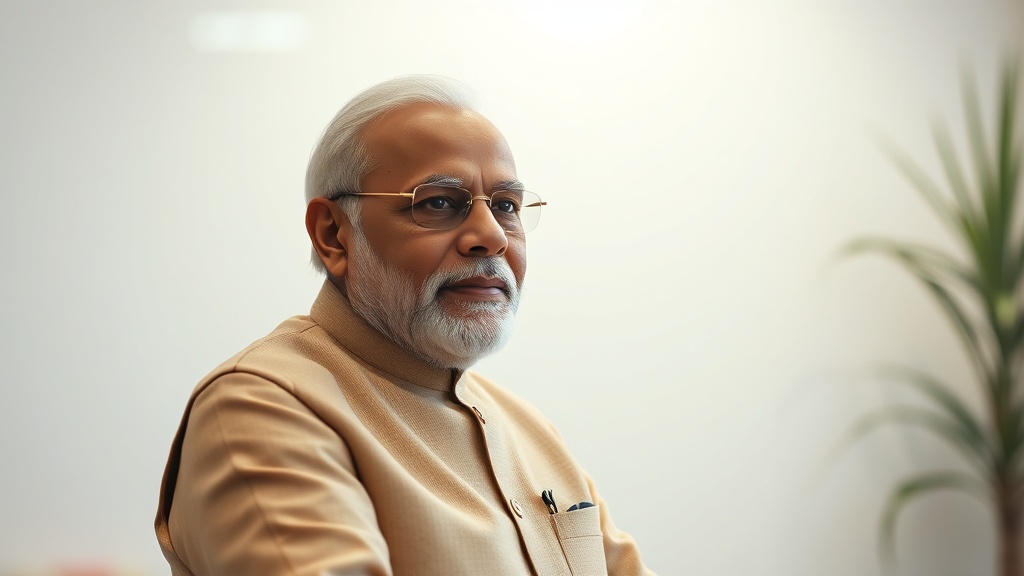
Indian Prime Minister Narendra Modi’s latest video promoting an investment platform has sparked a wave of skepticism online, with users and experts quickly flagging it as potentially AI-generated. The clip, which surfaced on social media, shows Modi speaking in Hindi, urging viewers to explore a new investment opportunity. But something felt off—his voice sounded slightly robotic, and his facial expressions lacked the natural fluidity seen in his usual addresses.
Within hours, fact-checkers and tech-savvy netizens jumped in, dissecting the video frame by frame. Many pointed out inconsistencies in Modi’s lip movements and the unnatural pauses in his speech, classic red flags for deepfake content. Social media platforms soon flooded with warnings, labeling the video as “fake” and cautioning users against falling for potential scams.
This isn’t the first time AI-generated content has caused a stir in India. Deepfake technology has been on the rise, with scammers using it to impersonate celebrities, politicians, and even financial experts to push dubious schemes. The Reserve Bank of India (RBI) has repeatedly warned the public about such frauds, emphasizing the need for vigilance when encountering too-good-to-be-true investment offers.
The platform promoted in the video remains unnamed, but its sudden association with Modi’s likeness has raised eyebrows. Authorities have yet to issue an official statement, but cybersecurity experts are already advising users to verify sources before engaging with any financial promotions—especially those tied to high-profile figures.
Meanwhile, the incident has reignited debates about the ethical use of AI in media. While deepfake technology can be used for harmless entertainment or even educational purposes, its misuse in financial scams is a growing concern. Platforms like X (formerly Twitter) and Facebook have struggled to keep up with the rapid spread of such content, often relying on user reports to flag suspicious material.
For now, the video remains under scrutiny, serving as a stark reminder of how easily AI can blur the lines between reality and deception. As technology evolves, so do the tactics of scammers—and staying one step ahead means questioning everything, even when it appears to come from a trusted figure.

